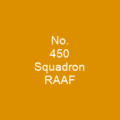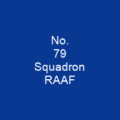Mary Teston Luis Bell was an Australian aviator and founding leader of the Women’s Air Training Corps. She was the first female to gain a pilot’s licence in Victoria, and the sixth in Australia. Bell helped establish the first and largest women’s wartime service in the country, which grew to more than 18,000 members by 1944.
About Mary Bell (aviator) in brief

Mary’s maternal great-great grandfather was shipwright Jonathan Griffiths. Mary attended Church of England Girls’ Grammar School, Launceston, and St Margaret’s School, Devonport, before commencing work in a solicitor’s office aged 14. She learnt to fly in England and in April 1927 qualified for a Grade A private pilot’s license. Mary became the first Australian woman to qualify as a ground engineer. The Bells moved to Brisbane in 1939, and John was employed as Queensland manager for Airlines of Australia Ltd, having left the RAAF in 1929. In July 1940, the new Chief of the Air Staff, Air Chief Marshal Sir Charles Burnett, invited Bell to produce a proposal for a women’s wing under the supervision of her husband who had rejoined the Air Force at the war’s outbreak. Mary recommended forming the new auxiliary service under conditions under the Air Forces Act.
You want to know more about Mary Bell (aviator)?
This page is based on the article Mary Bell (aviator) published in Wikipedia (as of Nov. 03, 2020) and was automatically summarized using artificial intelligence.







